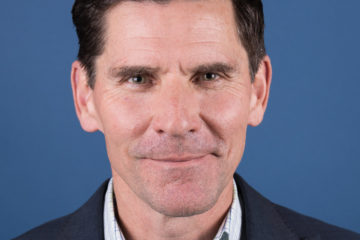Pastor Housing/Homelessness Q3

What is missing is what I’ve stressed above [in the prior question] – the idea that homelessness and housing affordability are increasingly connected. While mental health, substance abuse, and lack of support for veterans are important drivers, it’s the single parent, the student, the older folks next door, the hard-working immigrant family, the resident returning from incarceration, and so many others who can’t afford housing in our current economy and so increasingly find themselves un-housed.
What’s also missing is an honest discussion of the intersection of race and homelessness. Nearly 40 percent of L.A. County’s homeless population is African American, a pattern that has much to do with high rates of joblessness, over-incarceration and its after effects in labor and housing markets, and a legacy of housing discrimination that has resulted in a sharp racial wealth gap (which reduces the cushion that helps prevent a temporary income shortfall from becoming a full-fledge family crisis). When a pattern is this racialized, special efforts must be directed accordingly to reduce disparities even as we lift all boats (or better put, house all residents).
What is not yet missing – but I’m worried will soon be – is a sense that we can successfully address homelessness. The recent rise in the count has given the impression that none of our previous investments were working – but, as mentioned earlier, the forward momentum has been thwarted by a market throwing more and more people into housing instability. So let’s connect homelessness and housing affordability, engage everyone in the effort, and work together to build a better region.


